
| Banks' Brown (previously known as Hipparchia banksii) SATYRINAE, NYMPHALIDAE, PAPILIONOIDEA | (donherbisonevans@yahoo.com) and Stella Crossley |
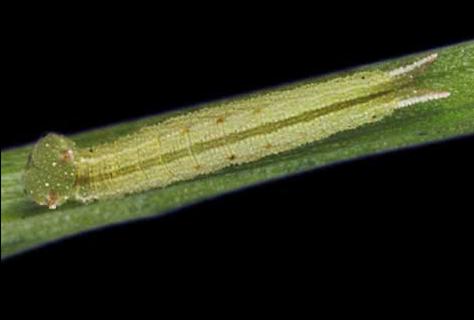
(Photo: courtesy of R.P. Field,
Museum Victoria)

| Banks' Brown (previously known as Hipparchia banksii) SATYRINAE, NYMPHALIDAE, PAPILIONOIDEA | (donherbisonevans@yahoo.com) and Stella Crossley |

(Photo: courtesy of R.P. Field,
Museum Victoria)
This species was named after Sir Joseph Banks.
The Caterpillars are initially green with a black head. Later instars are brown and covered in white tubercles and have wavy dark lines along the back and sides. They have a brown head that has a pair of small horns, and there is another pair of horns on the tail. The caterpillars feed nocturnally on various Grasses and Sedges including :
By day, the caterpillars rest at the base of the foodplant. The caterpillars grow to a length of about 2.5 cms.
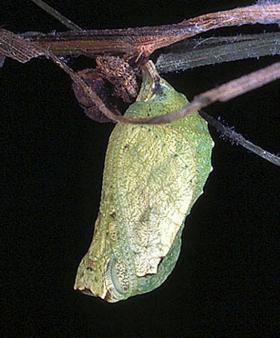
The pupa can be either green or brown, and has a length of about 1.3 cms. It is suspended head down by a cremaster from a stem of the foodplant.
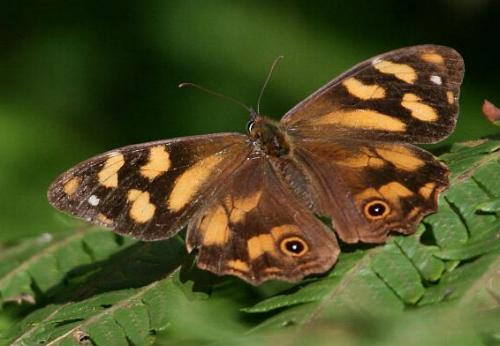
The wings of the adult butterflies are brown with yellow patches. The forewings also each have a small white spot by the wing tip. The hind wings have one eyespot each. Underneath, the fore wings are similar, but the hind wings are fawn with dark markings, and each has two eyespots. The butterflies have a wing span of about 5 cms. They are usually confined to the mountains, generally above 300m, where they inhabit the more lush ravines and hillsides. The males are fairly active, searching out the females, defending territories, feeding at flowers, and enjoying the sunshine. This can make them a challenge to catch as they are so active.
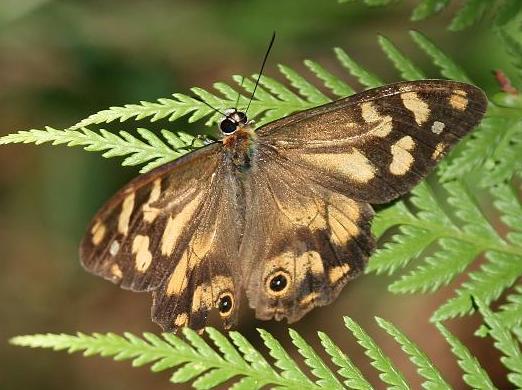
The species is found the mountains, above 300 metres. It has been classified into three subspecies:
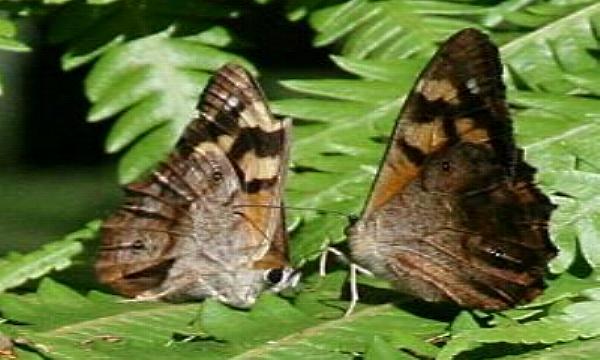
Further reading :
Michael F. Braby,
Butterflies of Australia,
CSIRO Publishing, Melbourne 2000, vol. 2, pp. 515-516.
William Elford Leach,
Hipparchia,
Zoological Miscellany,
Volume 1 (1814) p. 28, and also
Plate 10.
 caterpillar |  butterflies |  Lepidoptera |  moths |  caterpillar |
(updated 29 May 2010, 27 September 2024)